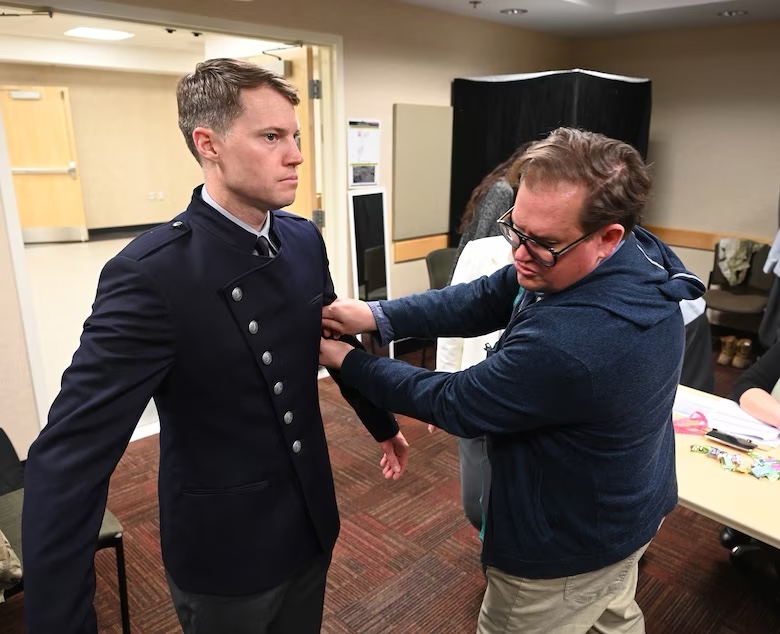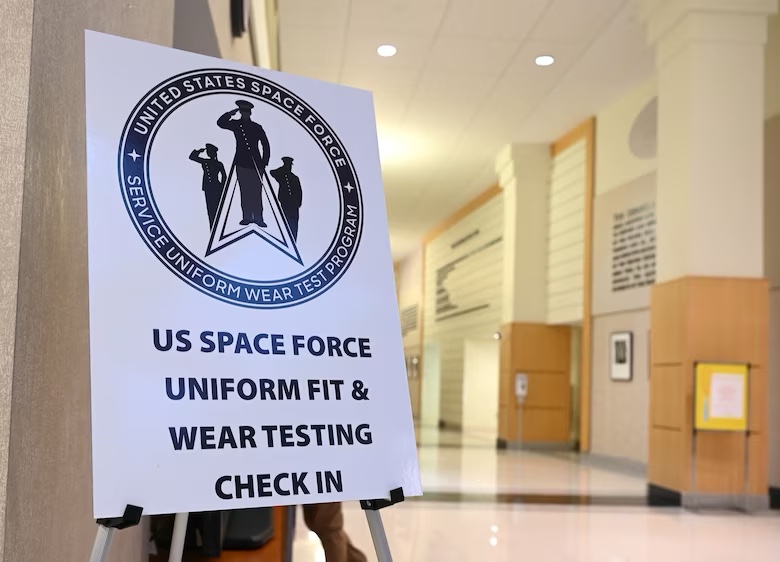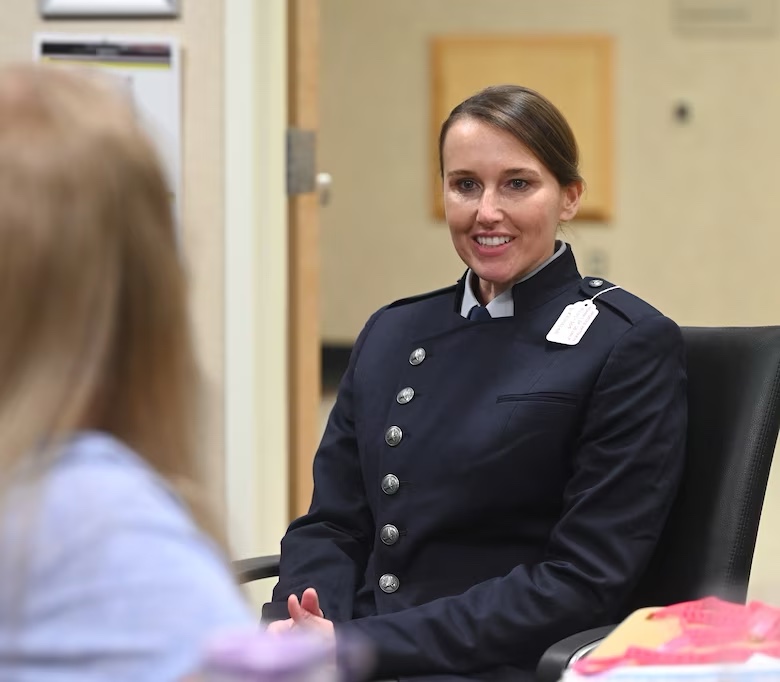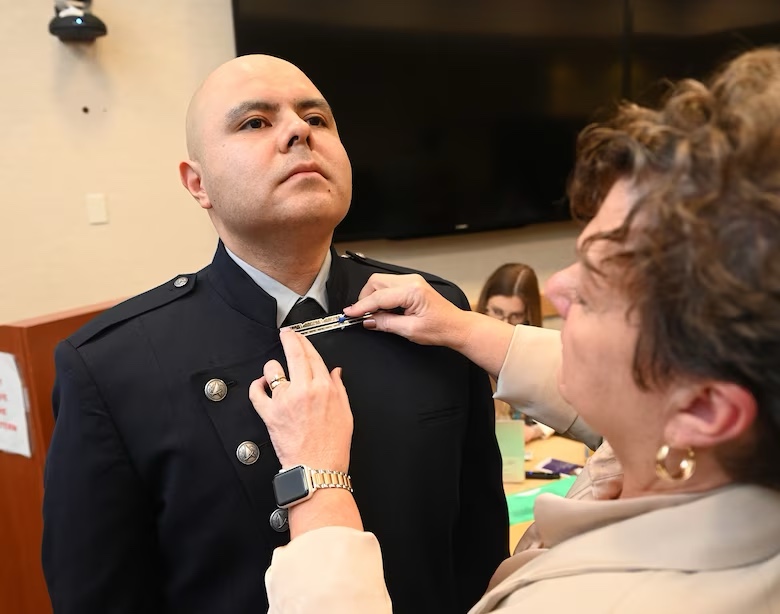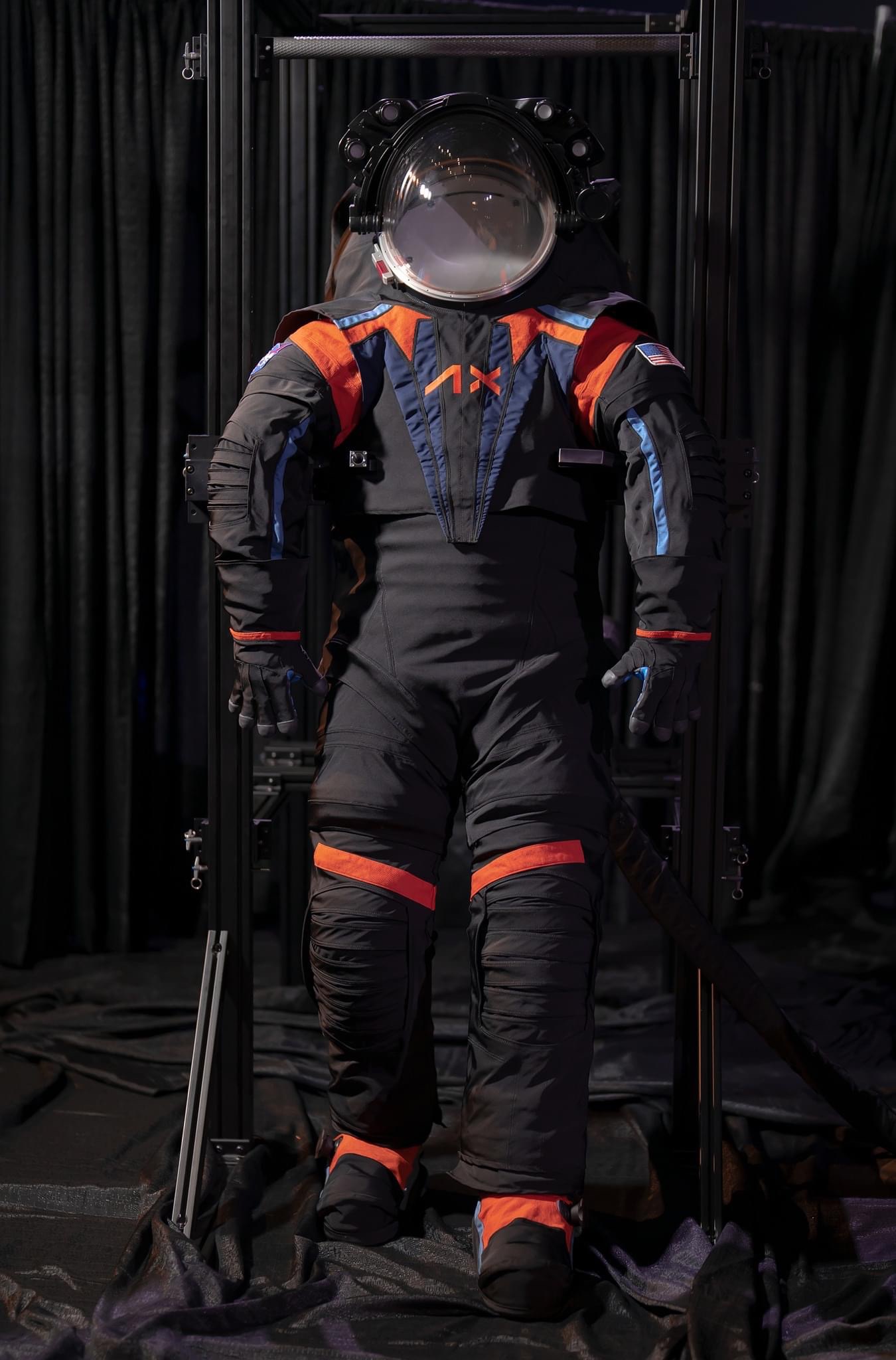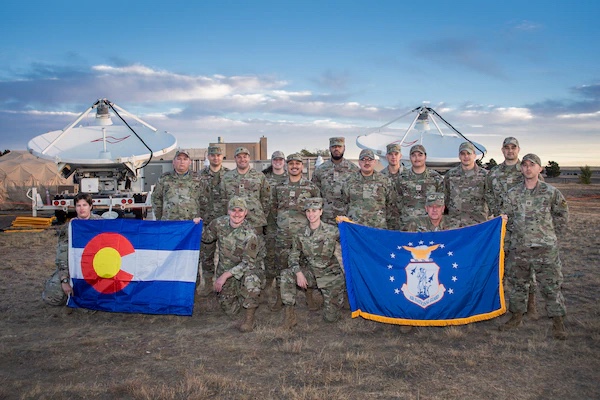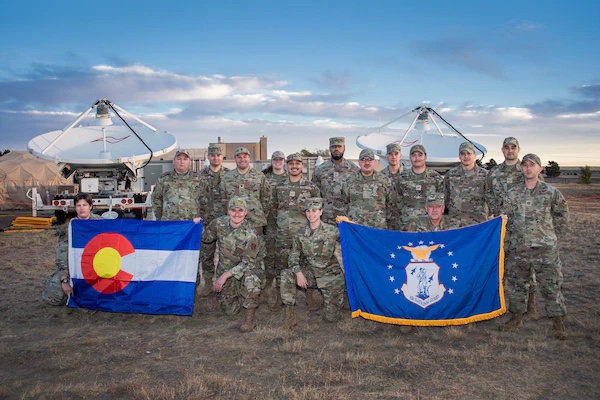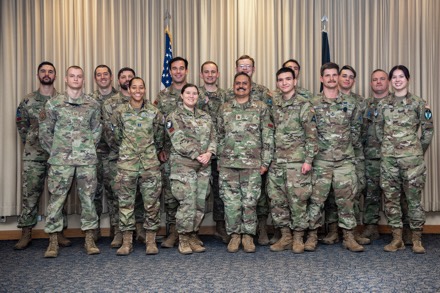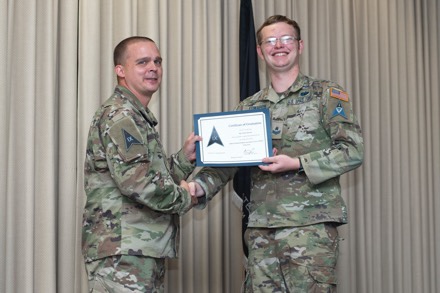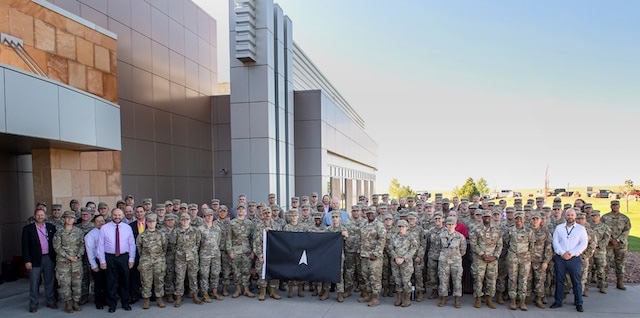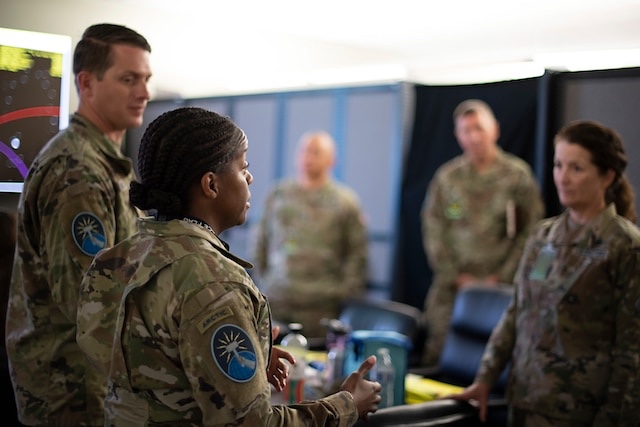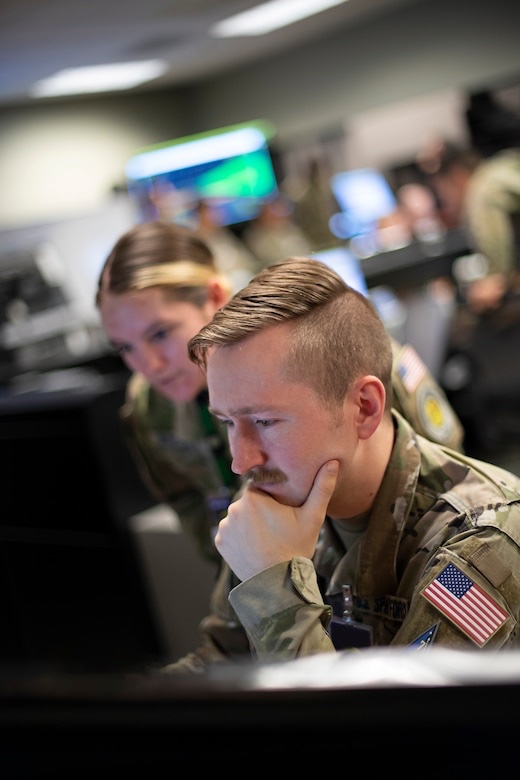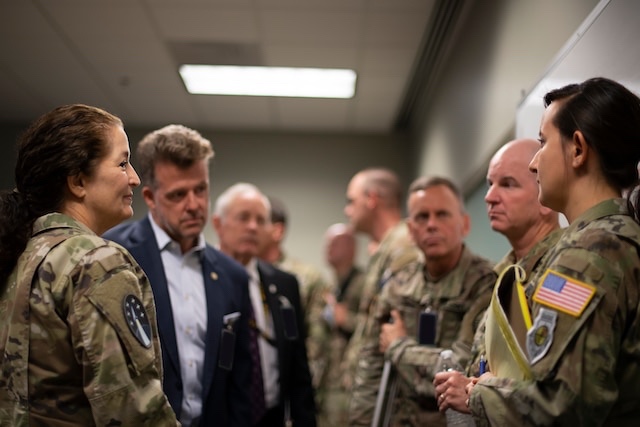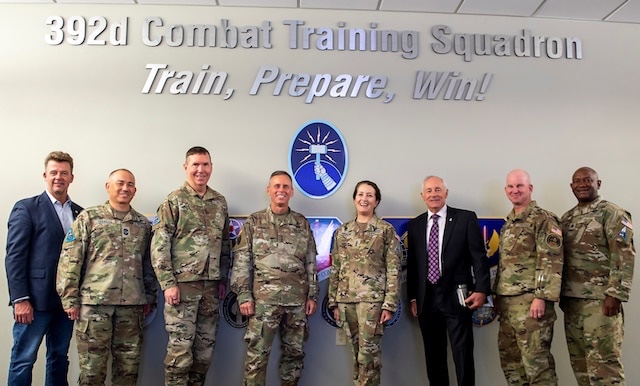The success of Ingenuity Mars helicopter, co-designed and co-developed by AeroVironment and NASA/JPL, lays the foundation for the development of the Sample Recovery Helicopters
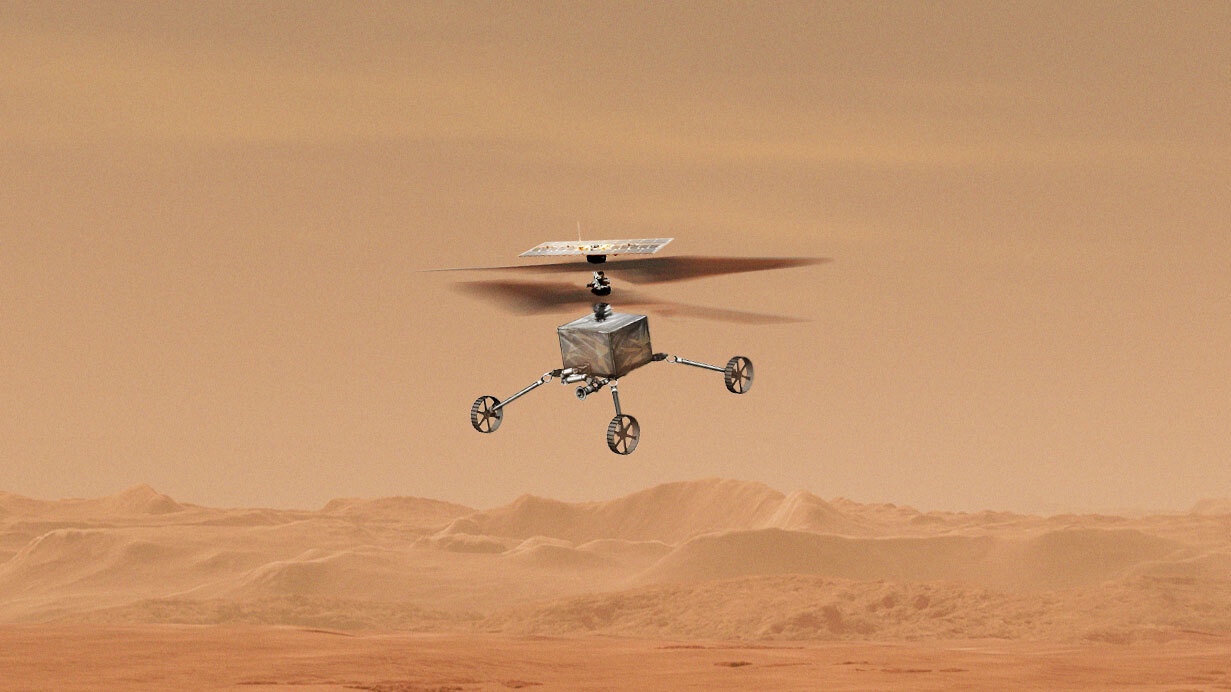
Early Concept for the Sample Recovery Helicopter Based on Ingenuity. (Credit: NASA/ESA/JPL-Caltech)
ARLINGTON, Va., May 2, 2023 – AeroVironment, Inc. (NASDAQ: AVAV) has been awarded a $10 million contract by NASA’s Jet Propulsion Laboratory (JPL) to co-design and co-develop conceptual designs and engineering development units of Mars Sample Recovery Helicopter flight systems. Future efforts could include detailed design, build, and test of qualification and flight hardware. The helicopters build upon the Ingenuity Mars Helicopter design heritage and feature upgraded robotics to supplement aerial mobility.
AeroVironment engineers from the MacCready Works team previously worked with NASA JPL to co-design and develop the Ingenuity Mars Helicopter, which has completed 52 successful flights to date on Mars and survived 781 sols on the surface, far outperforming its design objectives.
“Accomplishing the impossible has been AeroVironment’s mission for more than 50 years and we are excited to be working with the NASA JPL team again to conquer the next challenge,” said Scott Newbern, AeroVironment’s vice president and chief technology officer. “Ingenuity’s flights on Mars are a giant leap for robotic technology. Now we’re advancing this science further by helping to build helicopters that not only will continue flight on Mars, but also will include apparatus to collect samples to bring back to Earth for this historic mission.”
The two planned Sample Recovery Helicopters would be a secondary method of sample retrieval for the NASA/ESA Mars Sample Return Campaign. NASA’s Perseverance rover, which has already been collecting a diverse set of scientifically selected samples for potential safe return to Earth, is currently planned as the primary method of delivering samples to the Sample Retrieval Lander.
The Sample Recovery Helicopters would expand on Ingenuity’s design, adding wheels and gripping capabilities, to provide a secondary method to pick up cached sample tubes left on the surface by Perseverance and transport them to the Sample Retrieval Lander. Once the sample cache is launched off the red planet, another spacecraft would capture it in Mars orbit, and then bring it back to Earth safely and securely in the early to mid-2030s. After the samples are on Earth, scientists around the world would examine them using sophisticated instruments too large and complex to send to Mars. The samples would remain available for future generations to study with increasingly advanced technologies. Scientists believe the samples could shed light on whether life has ever existed on Mars.


